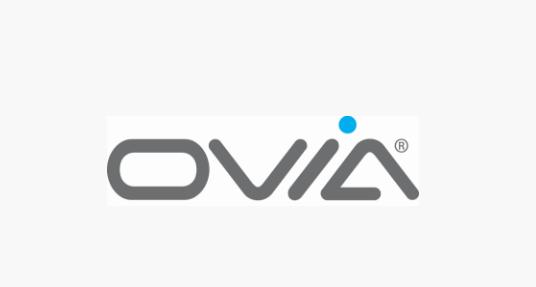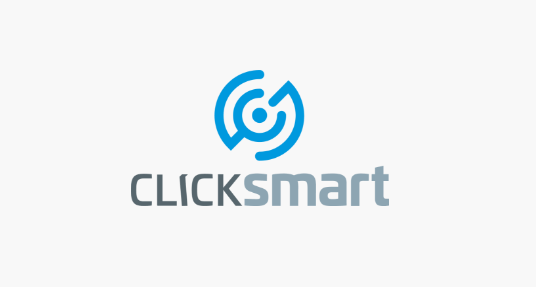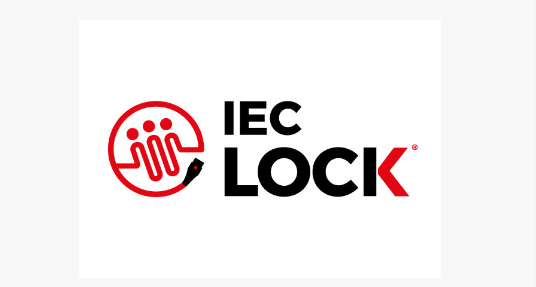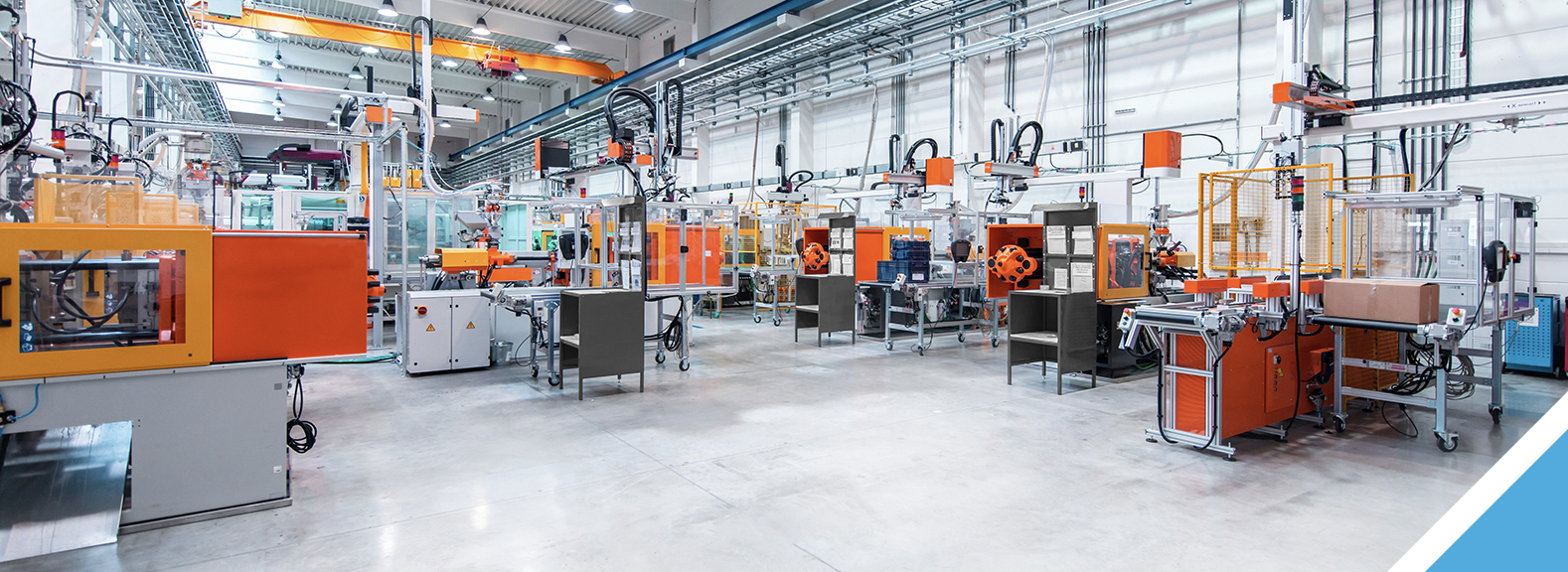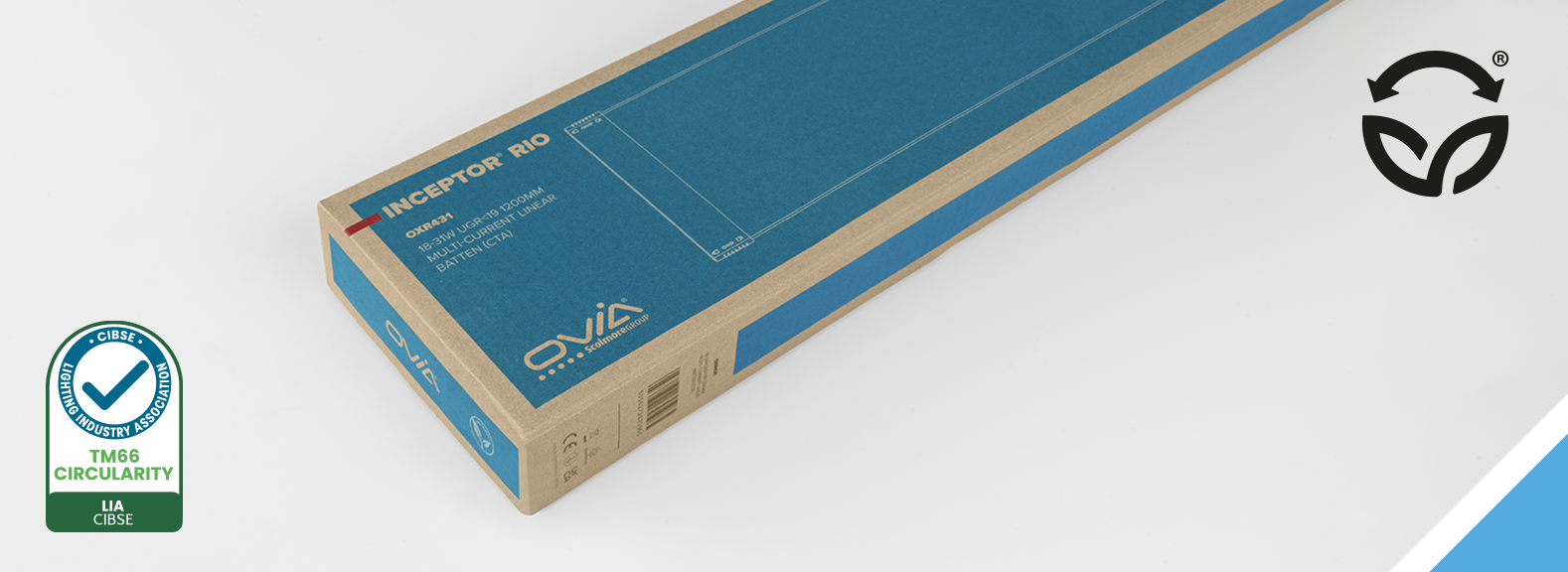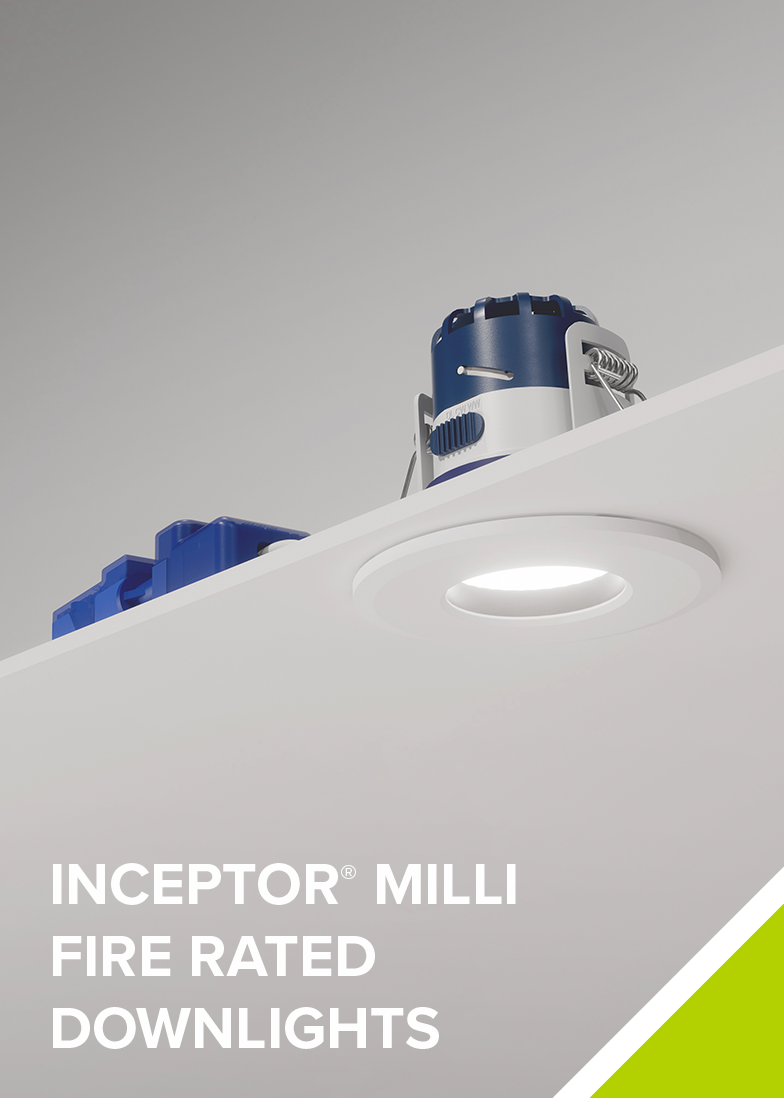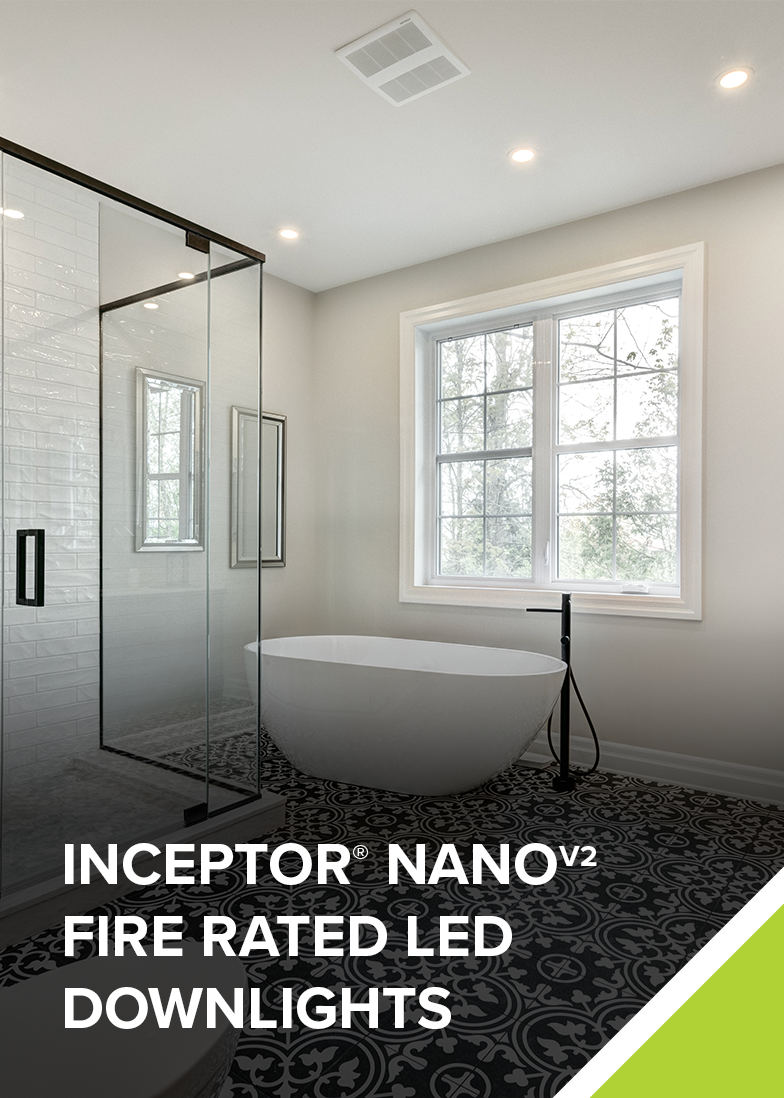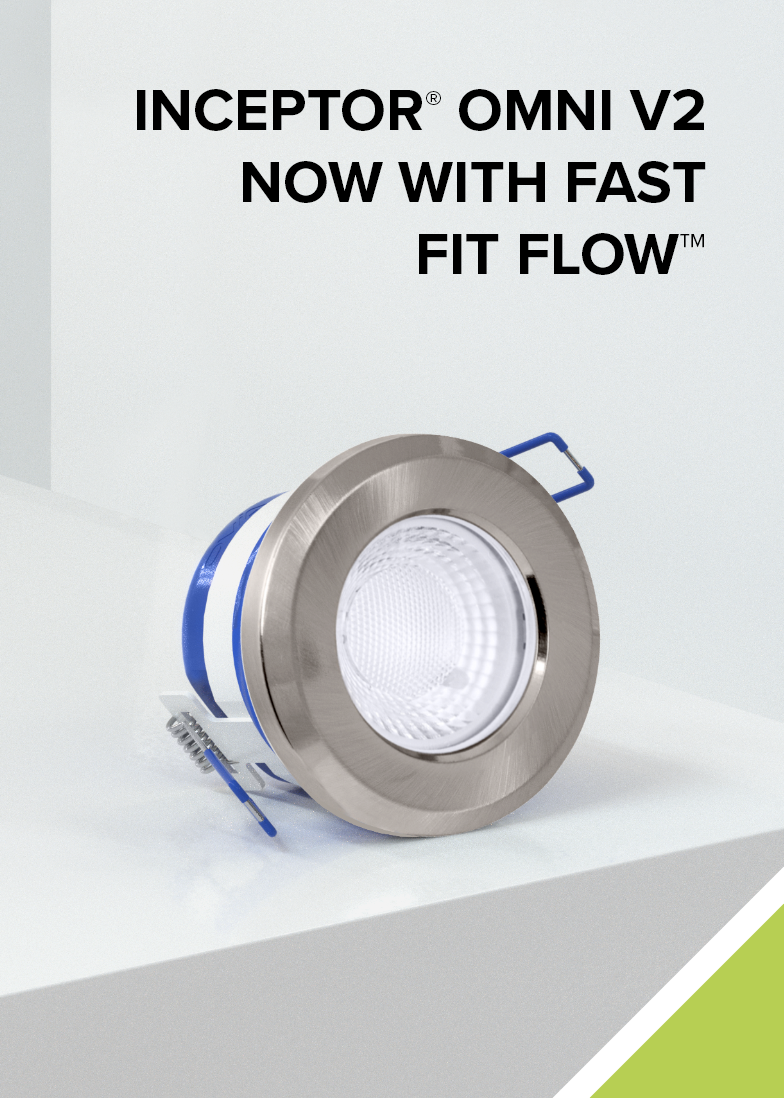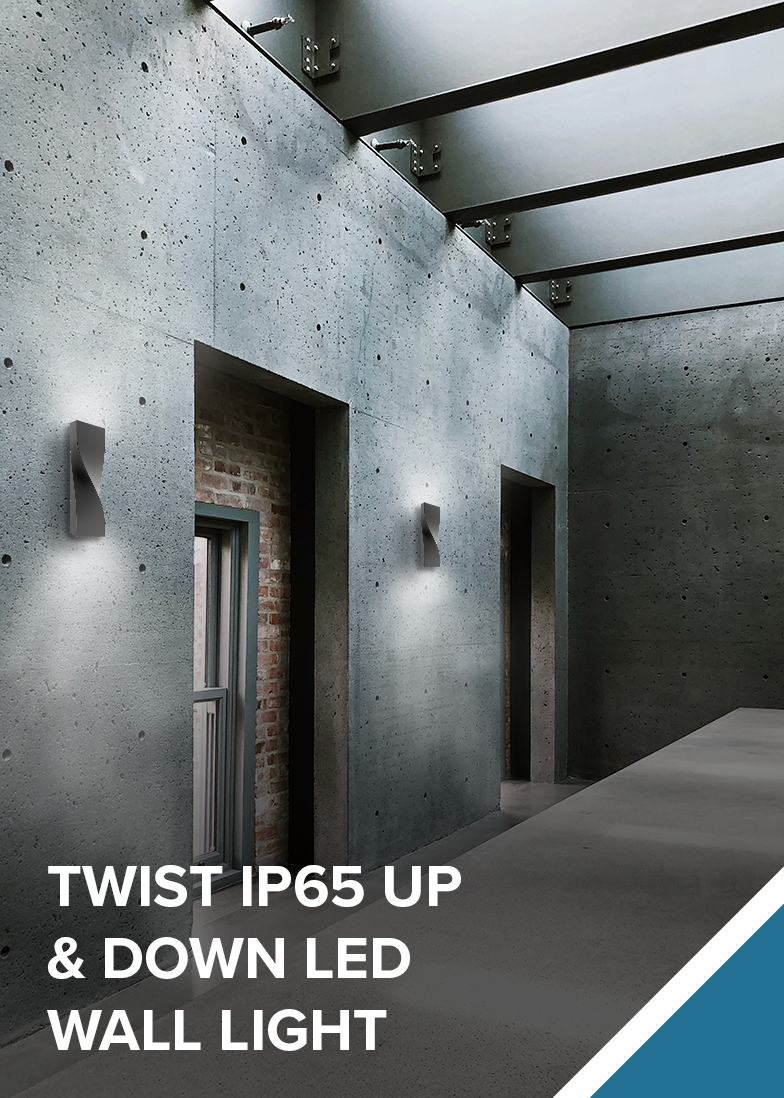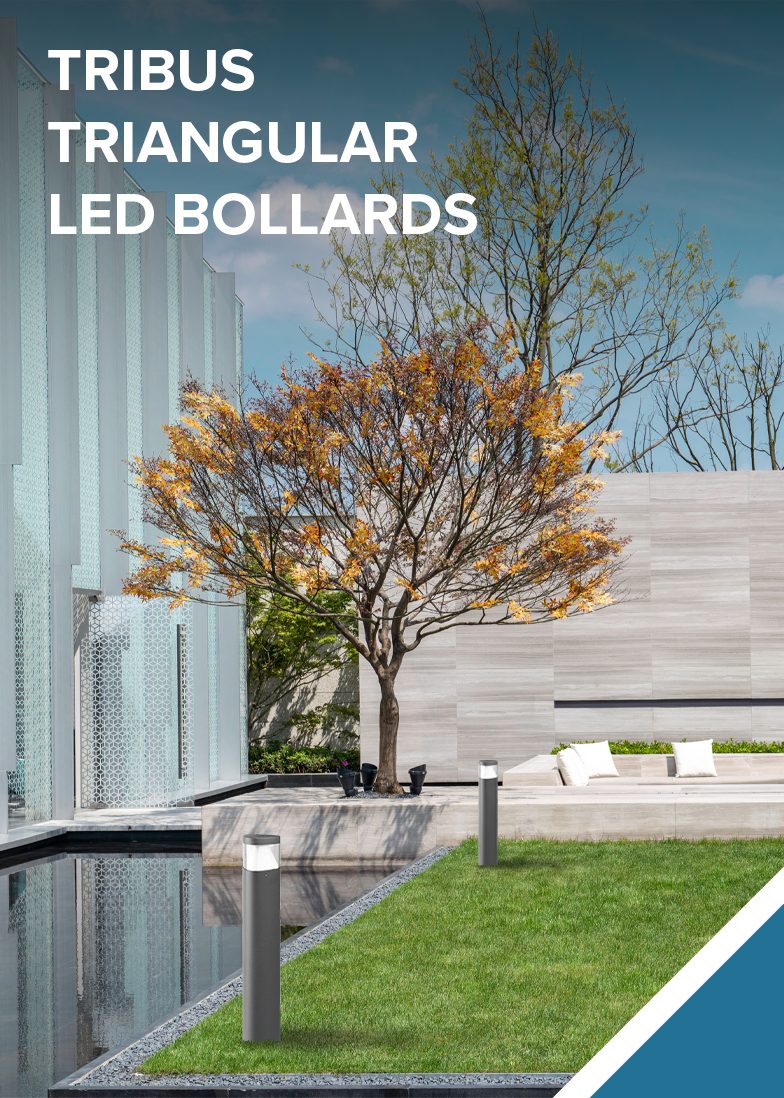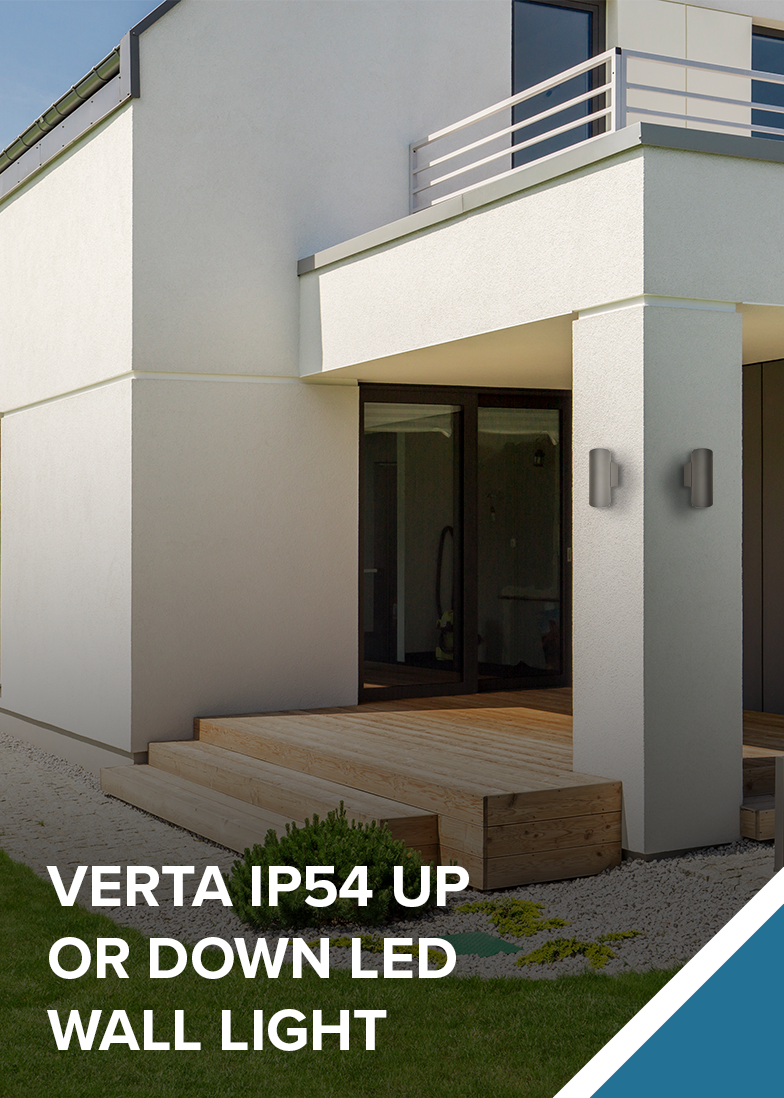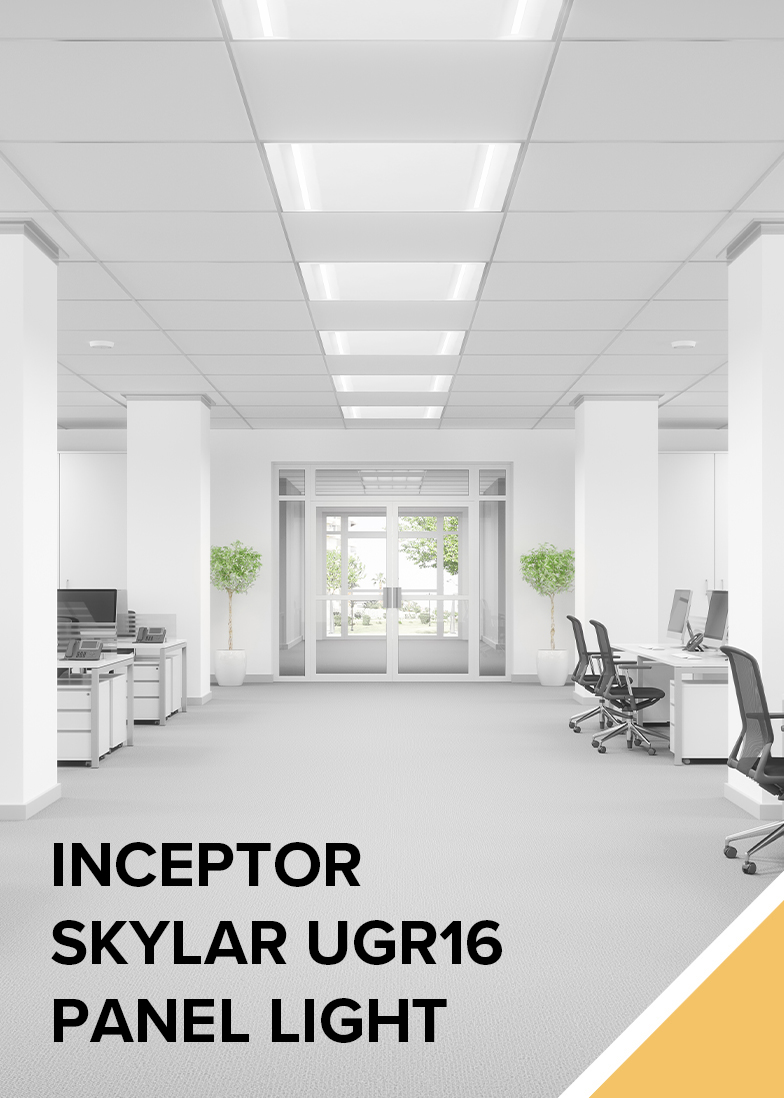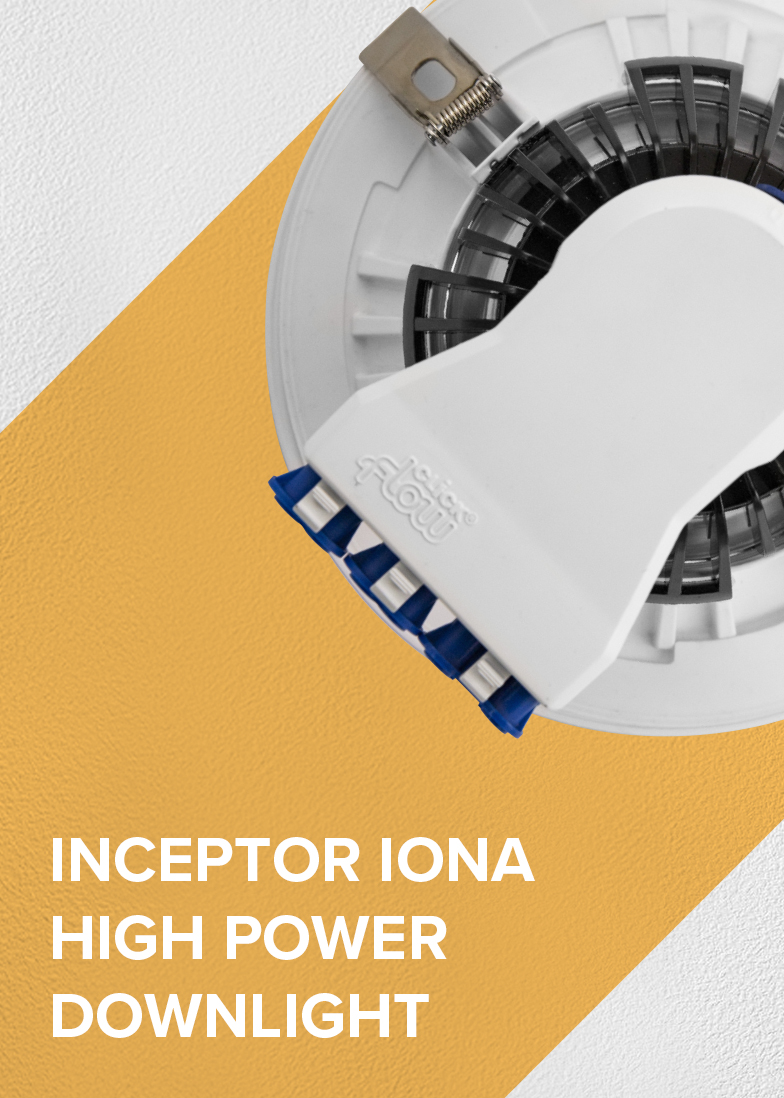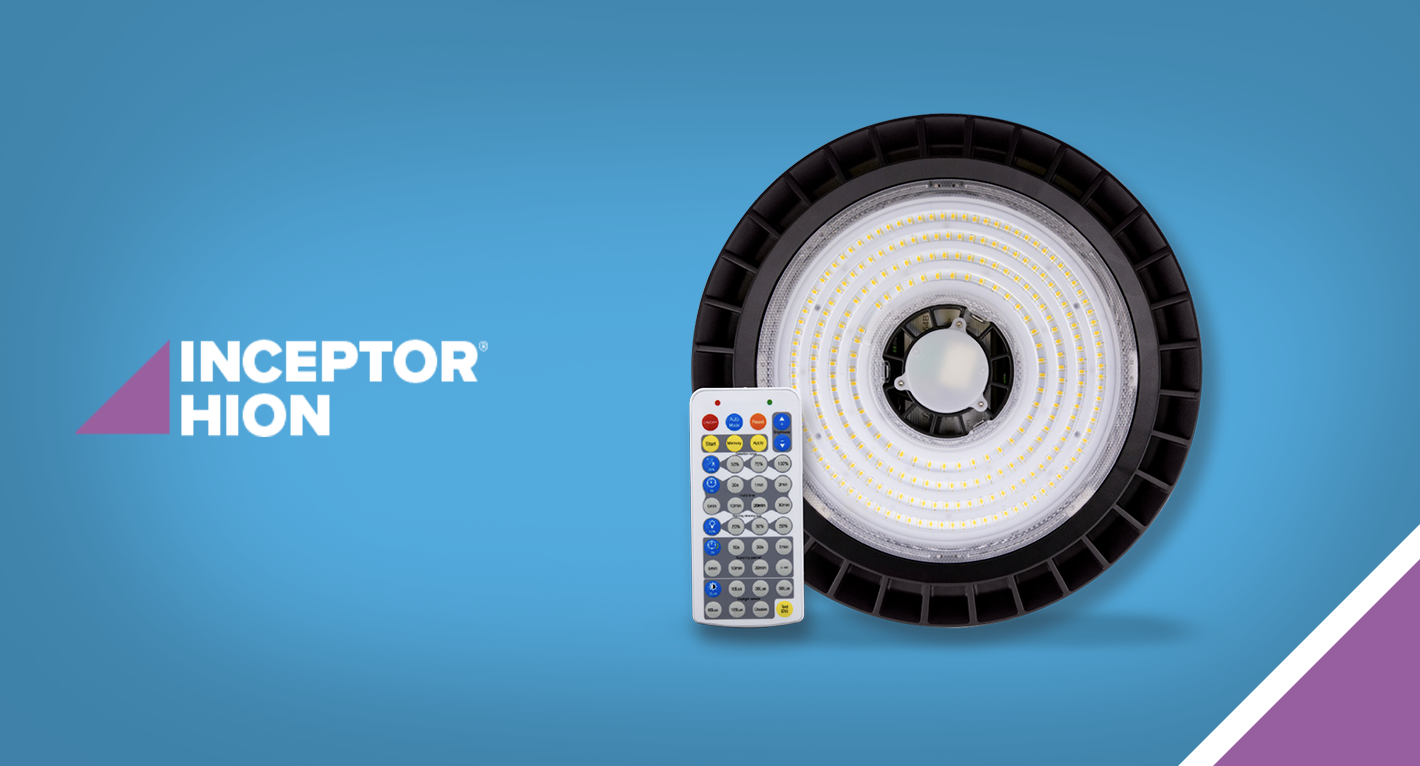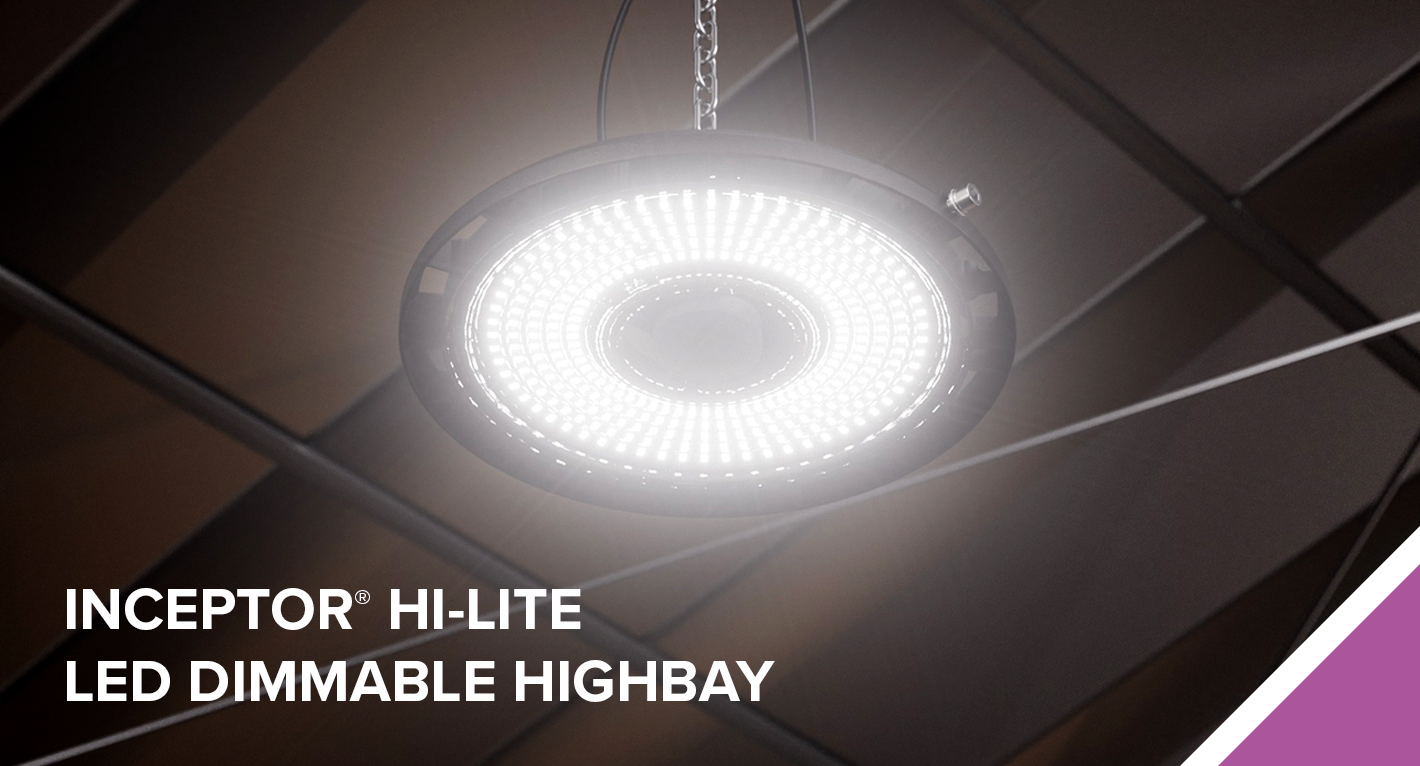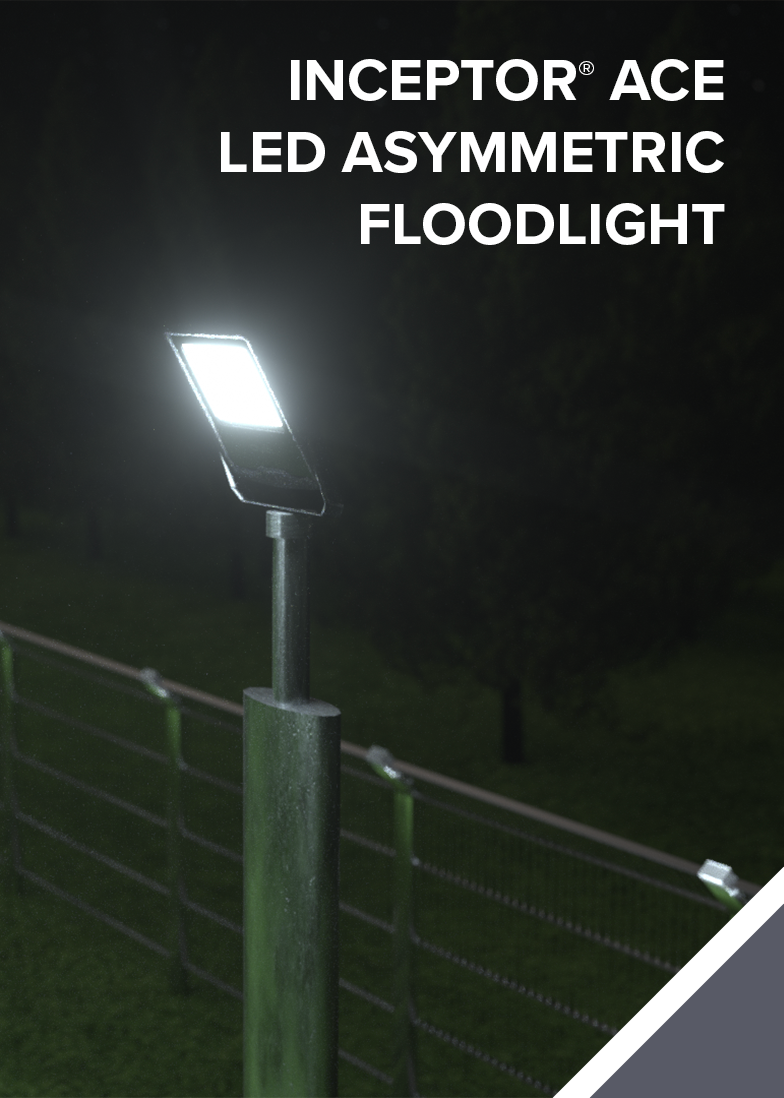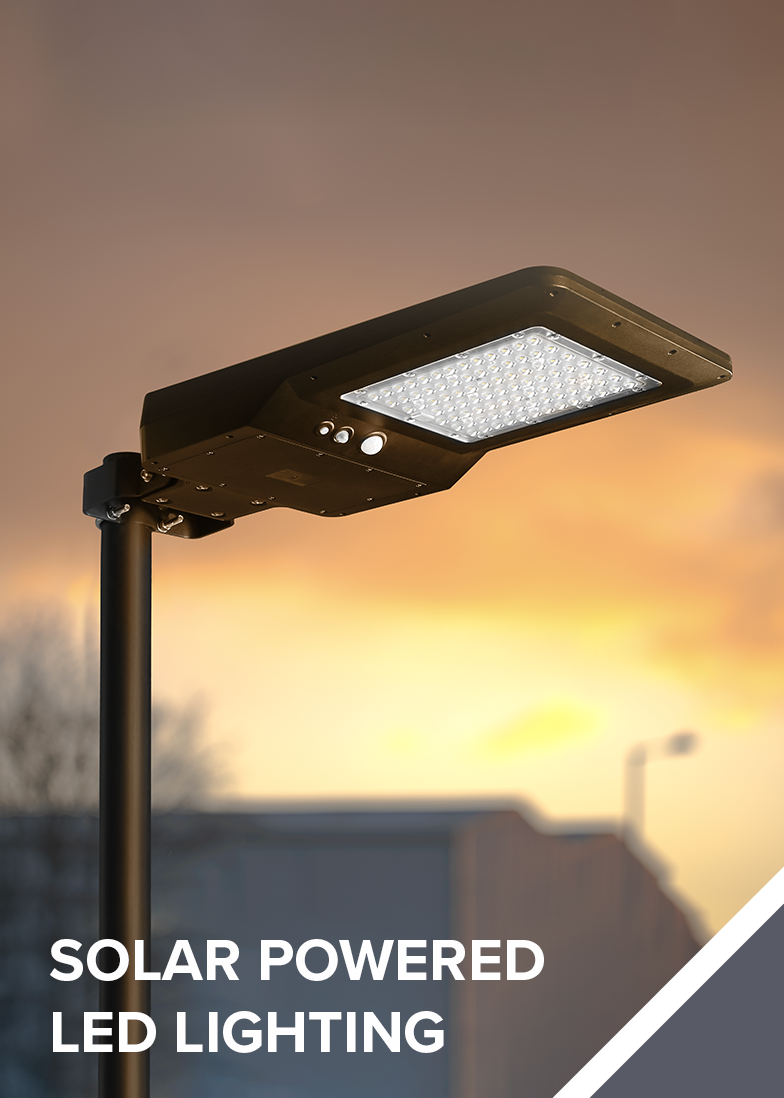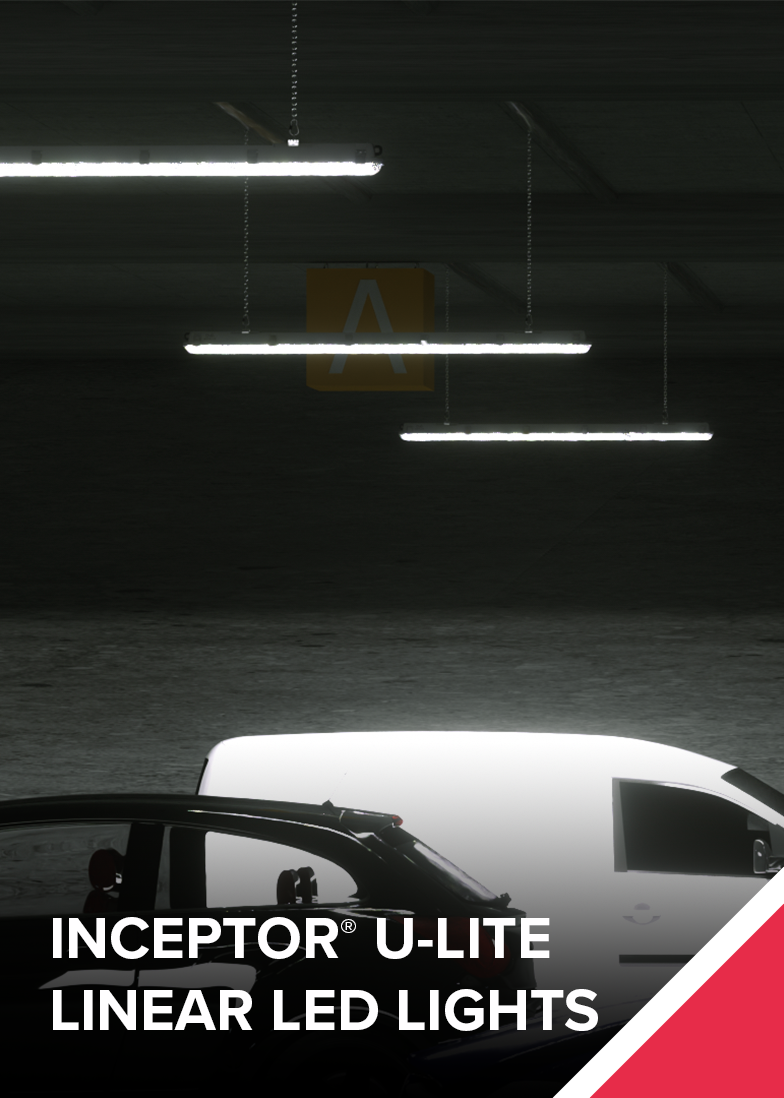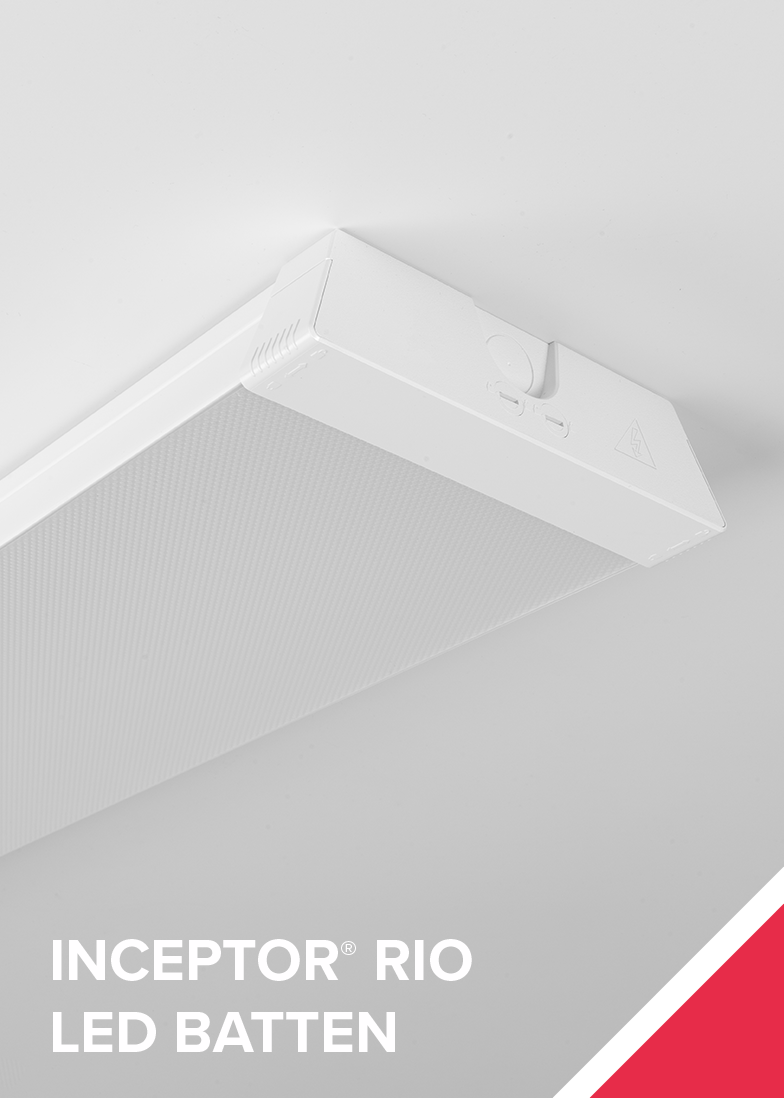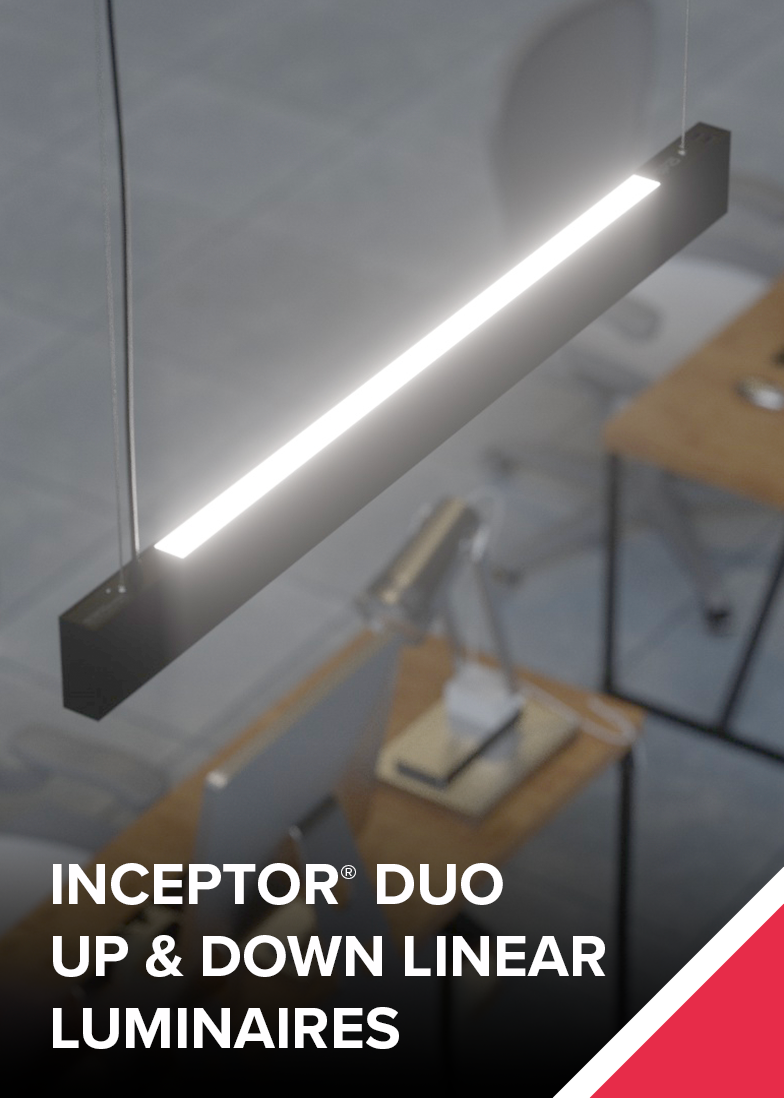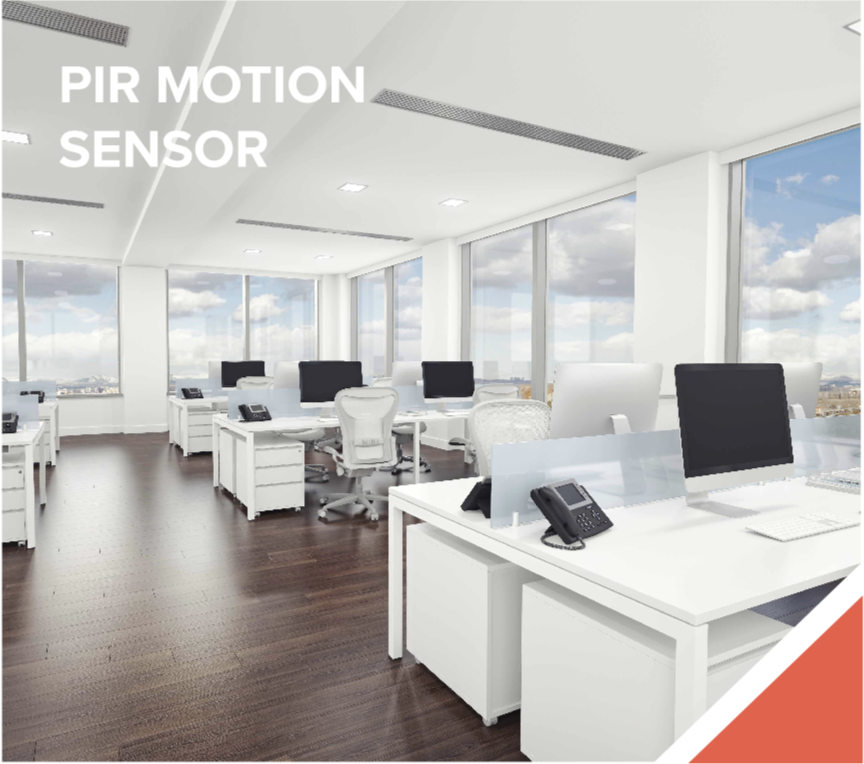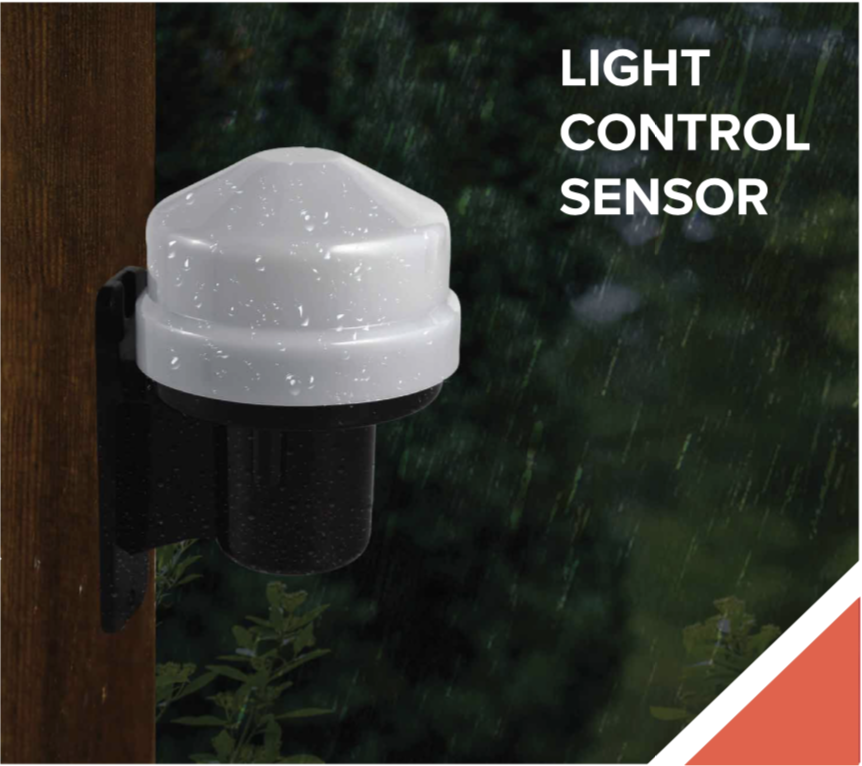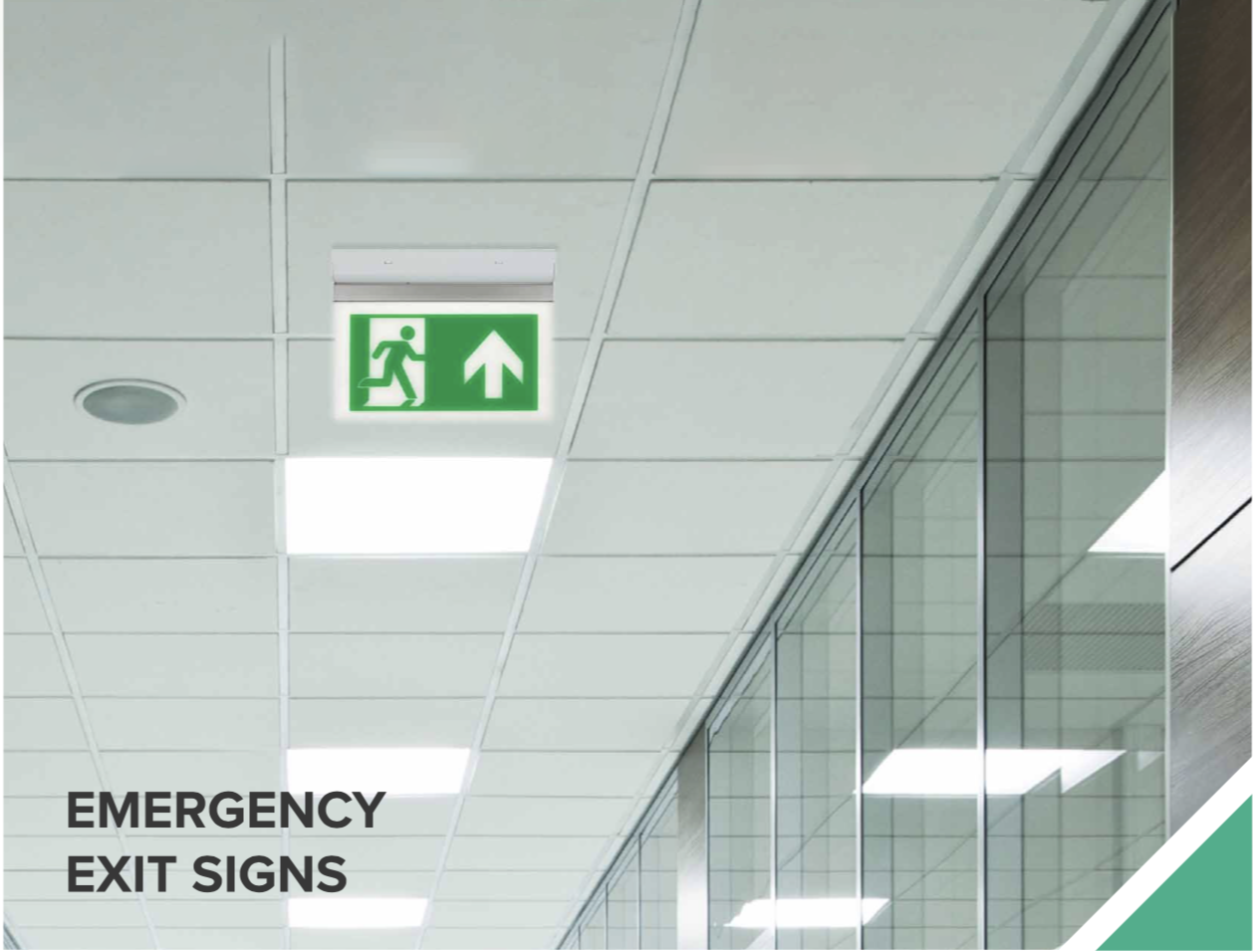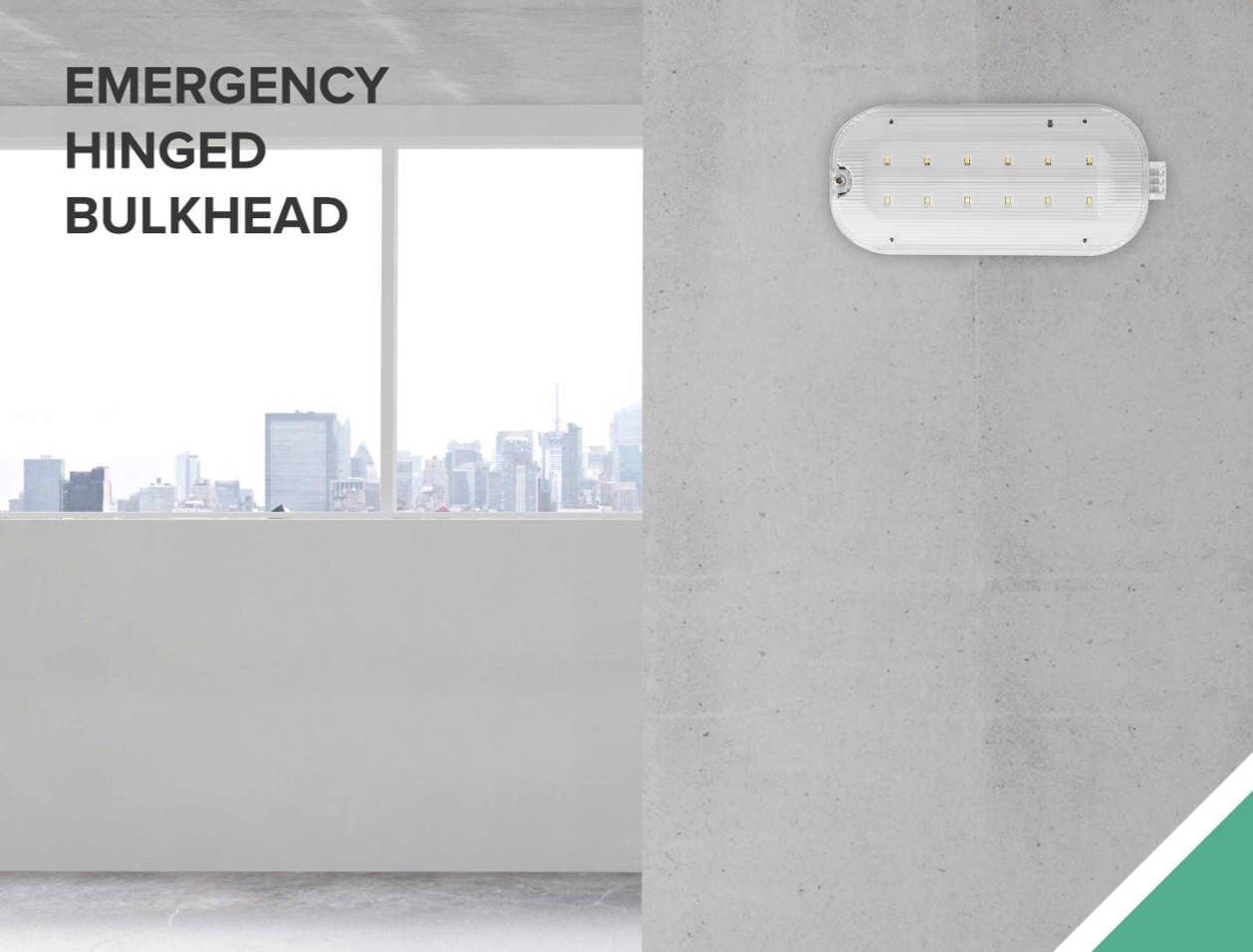- About Scolmore Brands
- Scolmore Sites
- Utility

LED Batten Luminaire
Up & Down
Linear Luminaire
College Batten
LED Light
Linear Batten
Multicurrent LED Light
15W CTA Switchable
Oval LED Bulkhead
5W CTA Switchable
Rectangular LED Bulkhead
IP65 LED Utility
Standard Bulkhead
Linear
LED Lights
IP65 Linear
Utility LED Lights
IP65 LED
Bulkhead
IP65 LED
Bulkhead - CTA
IP65 LED
Bulkhead - CTA
IP65 LED
Bulkhead - CTA
IP54 LED
Bulkhead - CTA
IP54 Bulkheads
- Industrial
- Floodlights
- Commercial

TP(a) Rated Backlit
Panel Light
Ultra Low Glare
Panel Lights
CTA Switchable
LED Panel
3 In 1 Multifunction
Dimmable Driver
Adaptable Downlight
With CTA Switch
LED Downlight
With CTA Switch
Low UGR
Diffuser Panel Light
Recessed Triac Dimmable
LED Downlight with CTA
Recessed LED
Downlights with CTA
LED Reccessed
Downlight
LED Reccessed
IP44 Downlight
600mm x 600mm
LED Panel LightsPanel Light
Accessories
- Amenity

IP54 Boxed Wall Lights
IP54 Boxed Wall Lights
IP54 Circular Wall Lanterns
IP54 Square Up & Down
LED Wall Lights
IP54 Rectangular LED
Backlit Wall Lights
IP65 LED Spike Lights
IP65 Up & Down LED
Wall Lights
IP54 Cylindrical Up or
Down LED Wall Lights
4.5W LED Wall Light
IP54 LED Up or Downlight
1.6W LED Cast Starlight
0.8W LED Plastic Starlight
IP54 Outdoor Bollards
IP54 Triangular Mini
LED Bollards
- Domestic

24V LED Strip
Fire Rated LED Downlights
7W Tri-Colour
Fire-Rated Downlights
6W Tri-Colour
Fire-Rated Downlights
4.8W Fire-Rated
LED Downlights
5.5W Fire-Rated
LED Downlights
5.5W Dimmable LED
Fixed Dowmlights
Fire-Rated Dimmable
LED Fixed Dowmlights
Fire-Rated GU10
Downlights
GZ10/GU10
Downlights
LED CTA
Undercupboard Light
1.6W LED
Cast Starlight
0.8W LED
Plastic Starlight
GU10 LED Lamps
7W LED Dual Voltage
- Emergency

IP65 Maintained
Hinged Bulkhead
Maintained
Flush Bulkhead
3W Maintained
Bulkhead - IP65
Maintained Box
Exit Sign
Maintained Box
Exit Signs
Maintained
Wall/Ceiling Exit Sign
Maintained
Suspended Exit Sign
Non-Maintained
Downlights
Self-Test
Non-Maintained
Surface Downlights
Non-maintained
Twin Spot
Emergency
Accessories
- About
About Ovia
Already synonymous with superior performance and innovation following eight years of success as a leading name in the lighting industry, the Ovia® brand of lighting solutions has been further developed to meet the growing opportunities that the transformed lighting industry offers.
DESIGN & MANUFACTURE
Ovia® prides itself on the innovative new products we are constantly developing which enhance the comprehensive ranges available. To ensure this information is readily available check out the latest catalogues that provides a snapshot of all new additions when they become available.
OUR CIRCULAR ECONOMY
Sustainability drives all of our decisions and actions. We prioritise sustainability in all aspects of our business operations.
To test our products we complete the TM66 form created by CIBSE. Testing involves gathering thorough evidence which supports the specifications of our product ranges and we provide reports.
- Products
Click Flow
Highbay
Control
- New
Products- Technical Specification
- Lighting Design
- Case
Studies- News
- Contact
- Marketing Hub
- 0Product Finder
- Scolmore Sites
- New
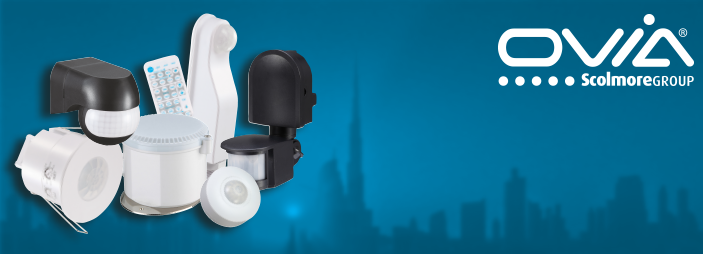
Putting the spotlight on Net Zero
Mike Collins, head of Ovia lighting, takes a look at the drive towards Net Zero and how smart lighting has a vital role to play in building automation and energy efficiency.
The Paris Agreement is a legally binding international treaty on climate change, adopted by 196 parties at COP 21 in Paris, on 12 December 2015 and entered into force on 4 November 2016. Its goal is to limit global warming to well below 2, preferably to 1.5 degrees Celsius, compared to pre-industrial levels.
The Paris Agreement is a landmark in the multilateral climate change process because, for the first time, a binding agreement brings all nations into a common cause to undertake ambitious efforts to combat climate change and adapt to its effects. To achieve this long-term temperature goal, countries aim to reach global peaking of greenhouse gas emissions as soon as possible to achieve a climate neutral world by mid-century. Put simply, net zero is the balance between the greenhouse gases produced and the amount taken away.
Whilst it might not garner as many headlines as clean energy innovations, energy efficiency plays an essential role in achieving net zero. According to the World Green Building Council (WorldGBC), if well-known energy efficiency best practices were implemented on a large scale, building energy demand could be reduced by one-third by 2050 globally, delivering 5.8 billion tons of CO2 emissions savings.
The role of LED lighting in net zero targets
According to The Climate Group: “LED lighting has been recognized as one of the most actionable and ready-to-implement technologies for cities to transition to a low carbon economy and peak emissions in the next decade.” It also states that lighting accounts for nearly 6% of global CO2 emissions, and a global switch to LEDs could save over 1,400 million tons of CO2 and avoid the construction of 1,250 power stations.
Switching to LEDs is an easy win – something as minor as a 20% reduction in energy costs can add the same benefit as a 5% increase in sales for business. Upgrading from conventional lighting to LED technology can deliver significant cost savings of up to 80% for a business. This is according to the Government Department for Business, Energy and Industrial Strategy. By replacing incandescent lamps with LED lamps there is the potential to reduce electricity consumption by 50% to 80%. If you add in controls and IoT devices like motion sensors, building owners will be able to further manage lighting use and electricity consumption.
Smart controls
The use of appropriate lighting controls can further boost savings. These can include daylight linked photoelectric control, presence detection with occupancy sensors, time switching and flexible manual control. According to BEIS savings of 30%-50% are common for circumstances where automatic controls are used.
Control is the key word with smart lighting because it empowers building owners and facilities managers to ensure optimal energy usage with the least waste. The occupants of a building will often not be aware of the waste, or they do not take responsibility for taking any action and this makes the need for a degree of automatic lighting control more important.
Smart lighting uses artificial intelligence and machine learning, all powered by data fed via connected Internet of Things devices sited around a building. Such devices may include the likes of sensors that detect room occupancy, time of day and volume of natural light. One of the most common approaches to automatic lighting control is the use of occupation detection. Passive infra-red occupancy detectors are commonly used for detecting the movement of people within their detection zone. Microwave sensors are also used in a range of settings.
Lots of detection products include photocell (light level) detection, which provides these lighting controls with the ability to control lighting loads based on whether an area is occupied as well as the prevailing ambient lighting conditions. There are controls which are simply designed to switch on or off, and others that will also dim or brighten dimmable lighting loads in response to changes in daylight. DALI and 0-10V are common examples of dimming technologies. Sensor technology has the added advantage of being touch-free which is an important consideration as we strive to maintain a clean environment and create safer spaces for everyone.
Health and well-being
When looking to deliver low carbon, high efficiency lighting solutions, consideration should be given to the needs of the people who occupy the building spaces. Staff represent approximately 90% of the running costs of a business, so their health and well-being is a major consideration, and the health and well-being of people doesn’t have to come at the cost of carbon emissions. Delivering a high quality lighting design that follows industry guidance, will result in resilient, adaptable spaces that puts people first. This will ensure the long-term viability of the solutions and minimise the long-term environmental effects.
Next Article
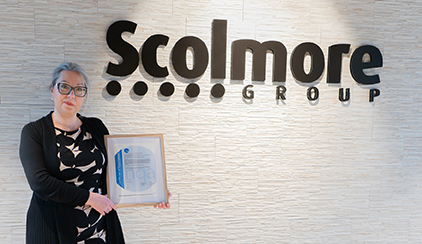
ISO14001 Certification for Scolmore Group companies
Scolmore Group, one of the UK’s leading organisations supplying the ...
Ovia appoints two new Regional Sales Managers
Ovia is delighted to announce two new appointments to the sales team as the ...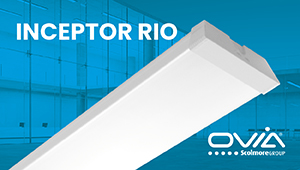
Ovia’s revolutionary new Inceptor Rio LED Batten
The Inceptor Rio is a brand new, cutting-edge range of Ultra Low Glare (UGR >...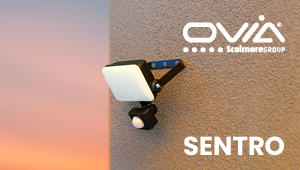
Sentro – frameless floodlights from Ovia
A new addition to Ovia’s extensive lighting portfolio is the Sentro &ndash...Upcoming Events
Feb
Redditch
10am
Apr
Redditch
10am
Apr
Elex Exeter
25th - 26th, Clyst St Mary, Exeter, EX5 1DJ, 10am-4pm
May
Elex Harrogate
16th - 17th, Great Yorkshire Show Ground, Harrogate, North Yorkshire, HG2 8NZ, 10am-4pm
Jun
Redditch
10am
Aug
Redditch
10am
Sep
Elex Coventry
12th - 13th, Phoenix Way, Foleshill, Coventry, CV6 6GE, 10am-4pm
Oct
Redditch
10am
Nov
Elex Sandown
7th - 8th, Portsmouth Road, Esher, Surrey, KT10 9AJ, 10am-4pm
Dec
Redditch
10am
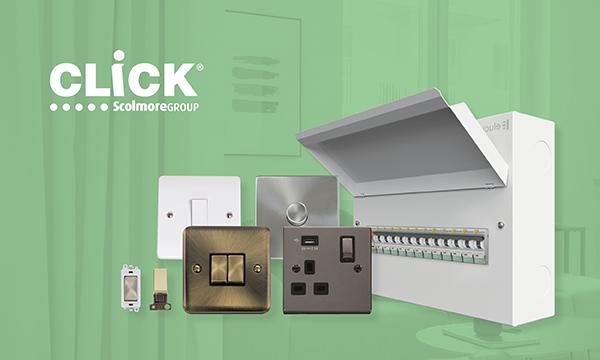 Scolmore
Scolmore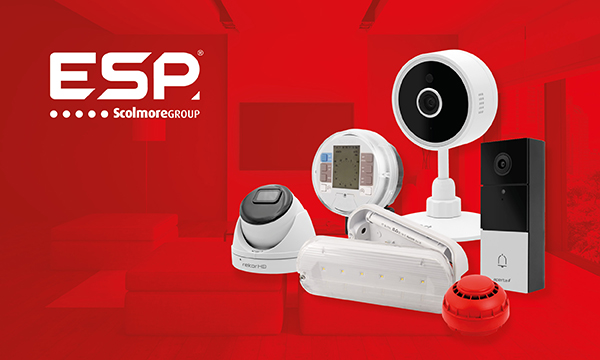 ESP
ESP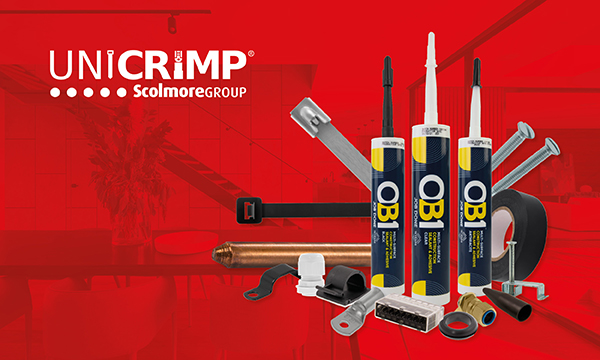 Unicrimp
Unicrimp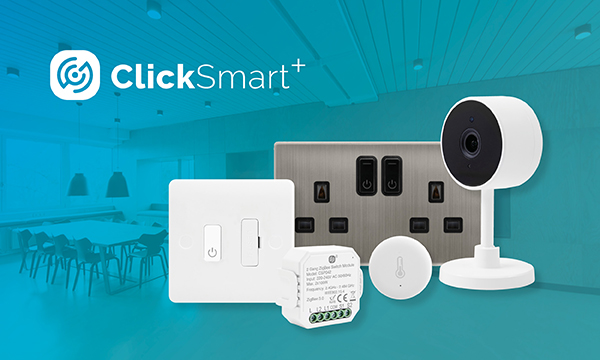 Click Smart
Click Smart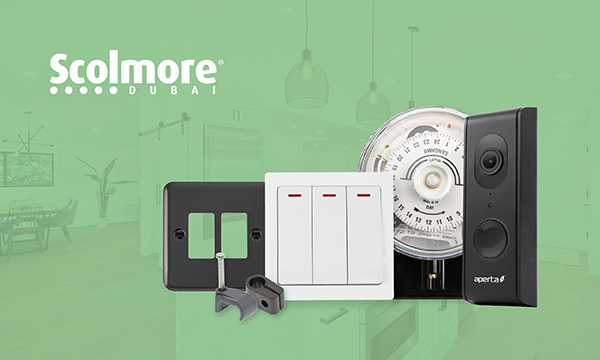 Scolmore Dubai
Scolmore Dubai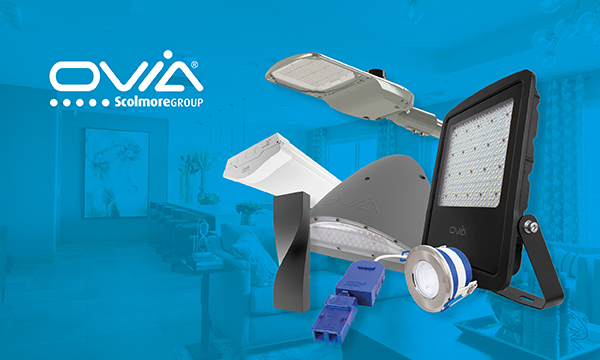 Ovia Uk
Ovia Uk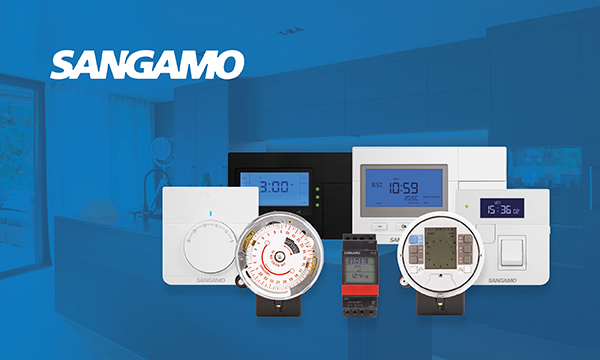 Sangamo
Sangamo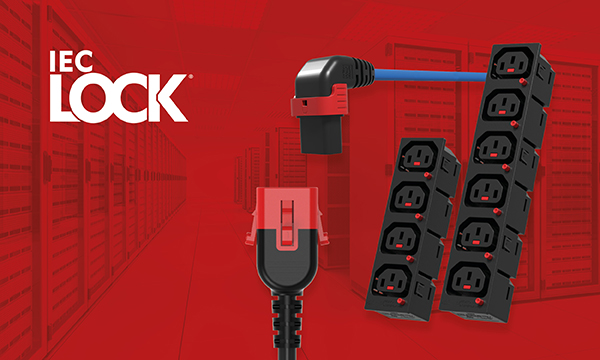 IEC Lock
IEC Lock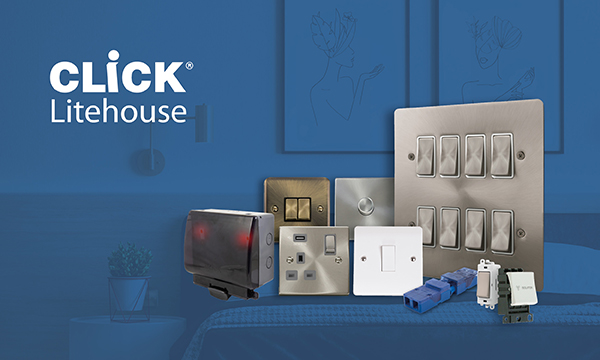 Click Litehouse
Click Litehouse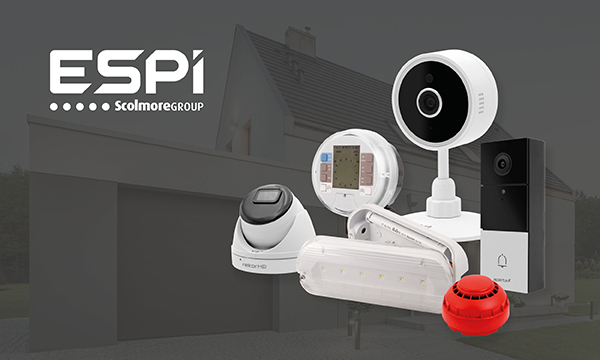 ESPi
ESPi





